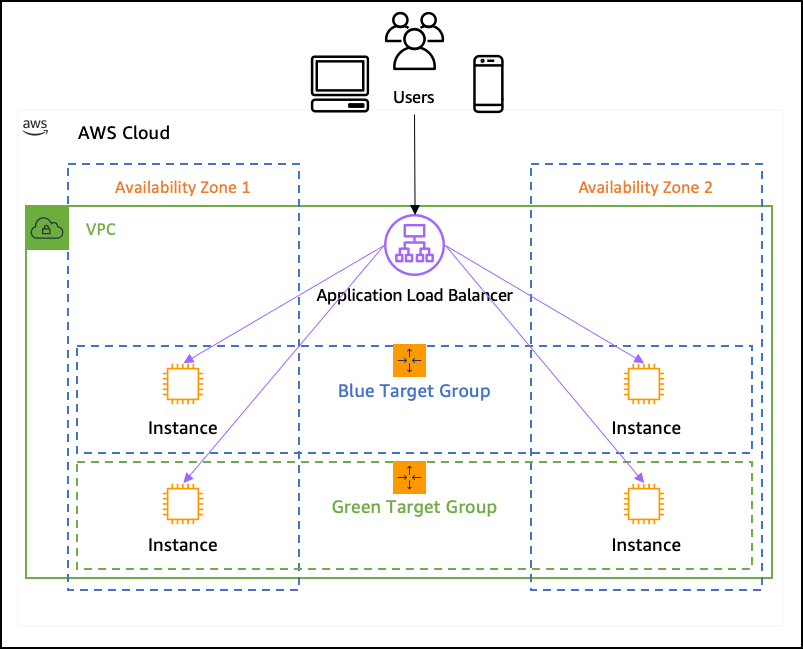Today we will talk about the difference between a Network Load Balancer and an Application Load Balancer.
In Amazon Web Services (AWS), an Application Load Balancer (ALB) and a Network Load Balancer (NLB) are both types of load balancers that distribute incoming traffic across multiple targets, such as EC2 instances, in one or more Availability Zones. However, they differ in terms of the traffic they are designed to handle and the level of control they provide over the traffic routing.
An Application Load Balancer is a load balancing service that operates at the application layer (layer 7 in the OSI model). It is intended for load balancing of HTTP and HTTPS traffic and provides a number of features that enable you to route traffic based on advanced traffic routing rules and content-based routing rules.
In contrast, a Network Load Balancer is a load balancing service that operates at the connection level (layer 4 in the OSI model). It is designed for high performance and can handle millions of requests per second with very low latencies. It is best suited for load balancing of TCP traffic, and can also handle traffic for other protocols such as TLS and UDP.
In summary, an ALB is best suited for load balancing of HTTP and HTTPS traffic and provides a more feature-rich experience, while an NLB is better suited for load balancing of TCP traffic and is designed for high performance and low latencies.




Top comments (0)